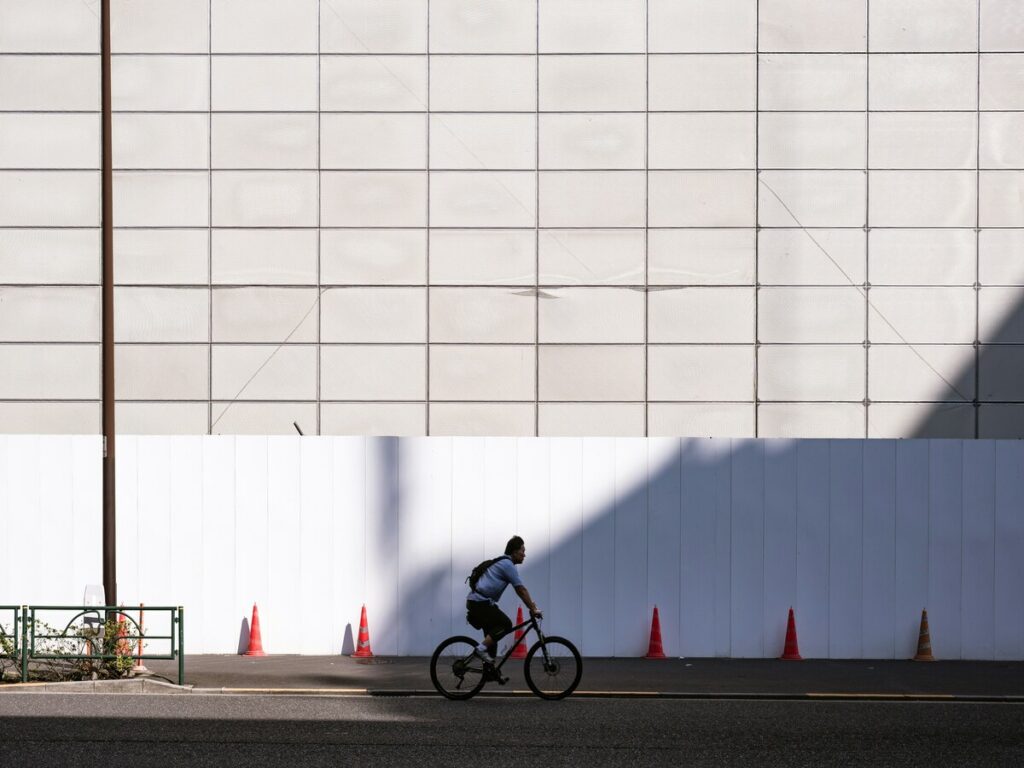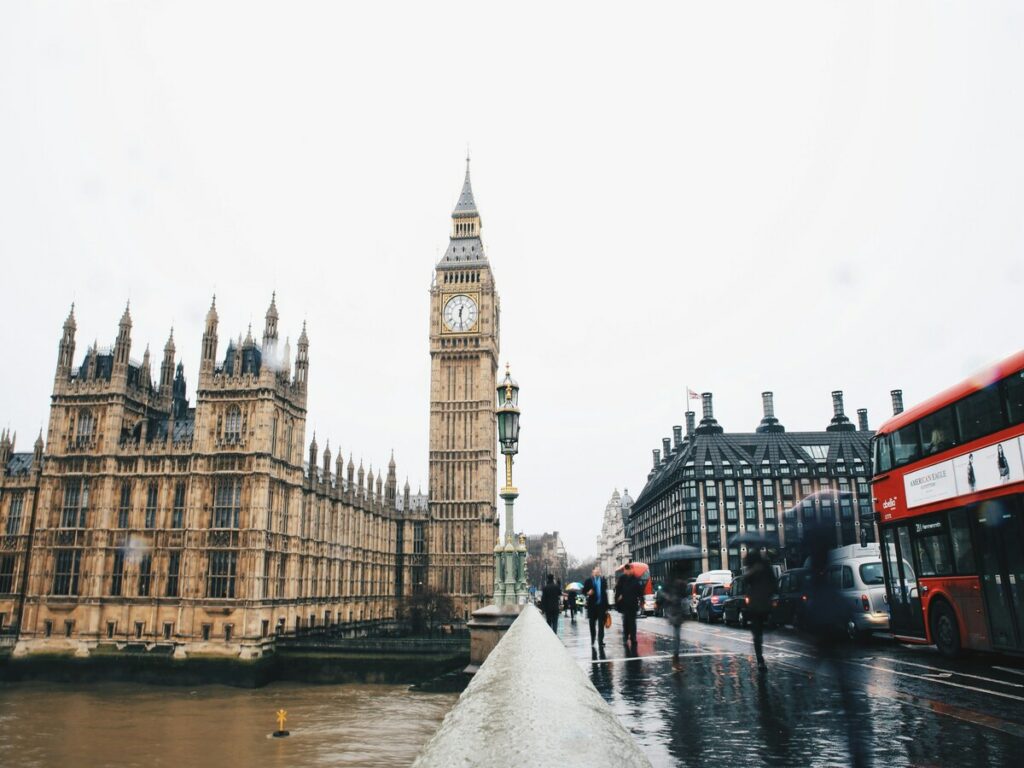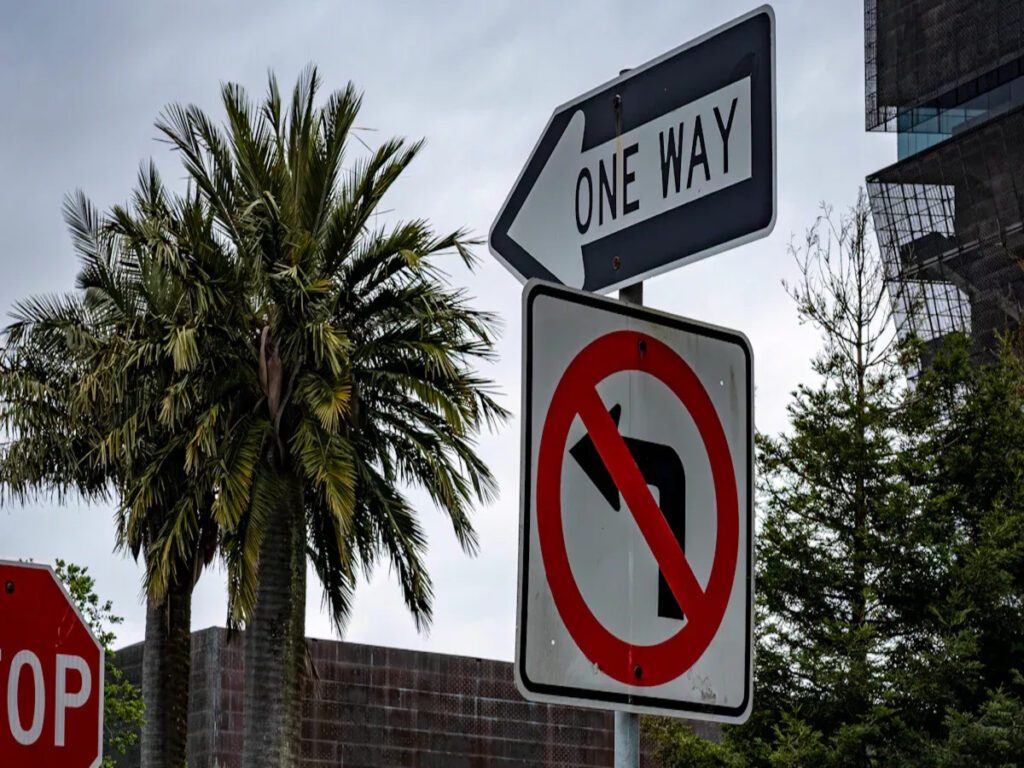
당신은 그것을 깨닫지 못할 수도 있습니다, 그러나 트래픽 작업 콘 도로 안전에 중요한 역할을합니다. 그들의 디자인은 지역마다 크게 다릅니다, 그들이 운전자에게 위험을 얼마나 효과적으로 전달하는지에 영향을 미칩니다. 예를 들어, 그만큼 그림 물감 교통 작업 원가에 사용되는 재료는 지역의 요구와 규정에 따라 다를 수 있습니다.. 이러한 지역적 변화를 이해하는 것은 안전 조치를 향상시키는 데 필수적입니다.. 안전 콘에 대한 수요가 전 세계적으로 증가함에 따라, 혁신은 사고를 예방하는 데있어 효과를 계속 향상시킵니다. 이러한 차이점을 인식함으로써, 당신은 더 안전한 운전 환경에 기여합니다.
트래픽 콘 디자인의 개요
교통 작업 콘, 종종 도로와 보도에서 볼 수 있습니다, 도로 안전을 보장하기위한 중요한 도구 역할을합니다. 당신은 다양한 이름으로 그것들을 알고있을 것입니다 철론, 마녀 모자, 또는 채널화 장치. 그들의 주요 목적은 트래픽을 안전하게 경고하고 방향을 바꾸는 것입니다.. 이 안전 콘은 밝은 색상과 반사 밴드로 인해 눈에 띄게 눈에 띄게, 가시성을 향상시킵니다, 특히 밤에.
안전 콘의 목적
안전 콘은 교통 통제에서 중요한 역할을합니다. 임시 교통 규제가 필요한 지역에서 차량 및 보행자의 흐름을 관리하는 데 도움이됩니다.. 도로 구조와 같은 설정에서 찾을 수 있습니다, 주차장, 그리고 이벤트. 원뿔형 모양과 생생한 색상은 쉽게 감지 할 수 있습니다., 사고 위험 감소. 이 안전 콘에 대한 반사 밴드는 저조도 조건에서의 가시성을 더욱 증가시킵니다., 운전자와 보행자가 멀리서 볼 수 있도록.
디자인 변형 소개
트래픽 콘은 다양한 요구를 충족시키기 위해 다양한 디자인으로 제공됩니다.. 그만큼 트래픽 콘의 유형 표준 오렌지 원뿔을 포함하십시오, 접을 수있는 원뿔, 그리고 반사 밴드가있는 사람들. 각 유형은 고유 한 이점을 제공합니다. 예를 들어, 접을 수있는 트래픽 콘 이식성으로 인해 긴급 상황에 적합합니다. 그들은 쉽게 설정하고 제거 할 수 있습니다, 임시 행사에 이상적입니다.
다른 지역에는 요구 사항에 맞는 특정 트래픽 콘 유형이 있습니다.. 호주에서는, 당신은 만날 수 있습니다 호주 솔리드 트래픽 콘 내구성과 UV 저항으로 유명합니다. 이 원뿔은 건설 구역에 적합합니다. 미국에서, 미국 검은 기본 교통 원뿔 최대 안정성을 제공합니다, 고속도로 안전에 적합합니다. 유럽 호의 유럽 솔리드 트래픽 콘, 극한 날씨에 저항합니다, 야외 행사에 이상적입니다.
디자인 변형은 또한 안전 콘의 기초로 확장됩니다.. 일부 안전 콘은 견고한베이스를 특징으로합니다 향상된 안정성을 위해, 다른 사람들은 영향을 흡수하기위한 흐르는 기반을 가지고 있습니다. 이러한 디자인 요소는 원뿔이 제자리에 유지되도록합니다., 교통량이 많은 지역이나 악천후에서도.
이러한 설계 변형을 이해하면 특정 응용 프로그램에 적합한 트래픽 콘을 선택할 수 있습니다., 전반적인 도로 안전 향상.
교통 원뿔의 지역적 변화

북아메리카
일반적인 디자인 기능
북미 지역, 반사 안전 콘 혁신을 염두에두고 설계되었습니다. 당신은 종종 무거운 검은 기지가있는 원뿔을 찾을 것입니다, 최대 안정성을 제공합니다. 이 기능은 도로 건설 및 고속도로 안전에 중요합니다.. 여기서 반사 안전 콘은 다재다능합니다, 다양한 교통 통제 요구를 충족시킵니다. 그들은 종종 스마트 기술을 통합합니다, 센서와 같은, 기능을 향상시킵니다. 이 스마트 콘은 드라이버와 통신 할 수 있습니다, 도로 조건에 대한 실시간 업데이트 제공.
사용 된 재료
북미 반사 안전 콘에 사용되는 재료는 내구성과 가시성에 중점을 둡니다.. 제조업체는 종종 가혹한 기상 조건을 견딜 수있는 고품질 플라스틱을 사용합니다.. 반사 밴드는 일반적인 기능입니다, 야간 또는 저조도 조건에서 가시성 향상을 보장합니다. 이러한 반사 요소는 도로 안전을 유지하는 데 필수적입니다, 운전자가 멀리서 반사 안전 콘을 발견하는 데 도움이됩니다.. 혁신적인 재료를 사용하면 이러한 반사 안전 콘이 다양한 환경에서 효과적으로 남아 있습니다..

유럽
디자인의 차이
유럽 반사 콘 often feature a slim profile, making them ideal for urban environments. This design allows for higher visibility in tight spaces, such as narrow streets or parking lots. The reflective cones are typically more compact, which makes them easier to store and transport. This space-saving design is perfect for areas with limited room. You will notice that European reflective cones often have a solid base, providing stability in windy conditions.
Usage Patterns
유럽에서는, traffic cones are widely used in construction zones and outdoor events. Their design caters to the need for quick deployment and removal. The cones are often used in conjunction with other traffic control devices to manage the flow of vehicles and pedestrians. Reflective elements are standard, ensuring that the cones are visible in all lighting conditions. 이 기능은 교통량이 많은 지역에서 안전을 유지하는 데 중요합니다..

아시아
독특한 디자인 요소
아시아 트래픽 콘은 종종 지역의 요구를 충족시키기 위해 고유 한 디자인 요소를 통합합니다.. 당신은 생생한 색상의 작업 콘을 찾을 수 있습니다, 효율적인 트래픽 관리에 도움이됩니다. 이 색상은 단지 미학을위한 것이 아닙니다; 그들은 특정한 목적을 수행합니다, 다른 유형의 교통 통제를 나타내는 것과 같은. 예를 들어, 일부 지역은 접근 가능한 주차 공간에 푸른 원뿔을 사용합니다. 작업 원가는 종종 접을 수 있습니다, 저장하고 운송하기 쉽습니다.
디자인의 이론적 근거
아시아 트래픽 콘 디자인의 근거는 실용성과 효율성에 중점을 둡니다.. 색상 코딩 사용은 빠른 식별 및 지침에 도움이됩니다.. 이 접근법은 교통 관리가 중요한 바쁜 도시 지역에서 특히 유용합니다.. 반사 교통 원뿔이 일반적입니다, 그들이 밤에 눈에 보이도록합니다. 접을 수있는 트래픽 콘은 임시 이벤트에 적합합니다, 신속하게 설정하고 제거 할 수 있습니다. 이러한 설계 선택은 적응 가능하고 효율적인 교통 관제 솔루션의 필요성을 반영합니다..
안전에 미치는 영향
안전 결과 분석
트래픽 콘은 도로 안전을 유지하는 데 중요한 역할을합니다.. 그들의 설계와 사용은 트래픽을 효과적으로 관리하고 사고를 방지하는 데 큰 영향을 미칩니다.. 다른 트래픽 콘의 유형 다양한 안전 요구를 충족시킵니다. 예를 들어, 표준 콘 일반적으로 일반적인 목적으로 사용됩니다, ~하는 동안 반사 교통 원뿔 저조도 조건에서 가시성을 향상시킵니다. 무거운 트래픽 콘 교통량이 많은 지역에서 안정성을 제공합니다, 강한 바람이나 차량 충격에도 불구하고 그들이 제자리에 머무르도록.
교통 원뿔에 사용되는 재료, 폴리 비닐 및 고무와 같은, 내구성과 효과에 기여합니다. 이 재료는 야외 조건을 견딜 수 있습니다, 원뿔이 시간이 지남에 따라 눈에 띄고 기능적으로 유지되도록. 그만큼 반사 요소 이 원뿔에서는 가시성을 더욱 향상시킵니다, 야간 안전에 중요합니다. 고속도로와 같은 고속 지역에서, 운전자가 멀리서 볼 수 있도록 더 큰 원뿔이 필요합니다., 사고 위험 감소.
통계 및 연구
연구는 올바른 사용의 중요성을 강조합니다 교통 원뿔 유형 특정 응용 프로그램의 경우. 에 대한 연구 트래픽 콘의 유형 그리고 도로 안전에 미치는 영향은 콘 토퍼와 같은 액세서리가 반사 칼라는 가시성과 안전성을 크게 향상시킬 수 있습니다. 이러한 첨가물은 원뿔이 쉽게 눈에 띄게 보장합니다, 도전적인 조건에서도.
통계는 트래픽의 전략적 배치가 건설 구역 그리고 필요한 다른 지역 교통 통제 사고를 최대로 줄일 수 있습니다 30%. This reduction underscores the importance of using cones effectively to manage traffic flow and protect both drivers and workers. 사용 접을 수있는 트래픽 콘 in temporary settings allows for quick deployment and removal, ensuring efficient 교통 관리 안전을 해치지 않고.
Reasons for Variations in Reflective Traffic Cones
Climate Considerations
Climate plays a significant role in the design of traffic cones. Different regions experience varying weather conditions, which influence the materials and features of these cones. 예를 들어, 호주에서, 호주 솔리드 트래픽 콘 are designed to withstand intense UV exposure. Their sturdy construction ensures durability in harsh sunlight, 건설 구역에 이상적입니다. 대조적으로, 유럽 견고한 트래픽 콘 are built to resist extreme weather, such as heavy rain and snow, ensuring they remain effective during outdoor events.
교통량이 많은 지역에서, 빈번한 영향과 움직임을 견딜 수있는 원뿔이 필요합니다.. 흐르는 기본 트래픽 콘 충격을 흡수하는 유연한베이스를 특징으로합니다, 차량 활동이 높은 지역에 적합합니다. 이러한 기후 별 설계는 트래픽 콘이 기능적이고 가시적으로 유지되도록합니다., 환경 조건에 관계없이.
규제 영향
규정은 트래픽 콘의 설계 및 사용에 큰 영향을 미칩니다.. 다른 국가에는 규모를 지시하는 특정 안전 표준이 있습니다., 색상, 이 원뿔의 반사 특성. 미국에서, 미국 검은 기본 교통 원뿔 그들의 중장비로 인해 인기가 있습니다, 도로 건설 및 고속도로 안전에 대한 최대 안정성을 제공합니다.. 이 원뿔은 엄격한 안전 규정을 준수합니다, 가시성 및 내구성 요구 사항을 충족하도록합니다.
글로벌 표준화에 대한 노력은 안전 콘에 대한 수요에 영향을 미칩니다.. 국제 안전 표준 준수는 처벌 및 법적 부채의 위험을 줄입니다.. 이 규제 프레임 워크는 트래픽 콘이 트래픽 제어를 관리하고 다양한 환경에서 도로 안전을 향상시키는 데 효과적이되도록합니다..
문화적 요인
문화적 요인은 또한 교통 콘 설계의 변화에 기여합니다.. 다른 지역은 트래픽 콘에 사용되는 색상과 기호에 대한 고유 한 선호도를 가질 수 있습니다.. 아시아에서, 생생한 색상은 종종 특정 교통 통제 조치를 나타내는 데 사용됩니다.. 예를 들어, 블루 워크 콘은 접근 가능한 주차 공간을 지정할 수 있습니다. 이 색상 코딩은 빠른 식별 및 효율적인 트래픽 관리에 도움이됩니다..
현지 요구에 맞는 안전 콘 사용자 정의는 일반적입니다.. 변형에는 크기 변화가 포함됩니다, 색상, 그리고 특정 용도에 맞는 기본 설계. 접을 수있는 트래픽 콘 임시 이벤트가 빠른 설정 및 제거가 필요한 지역에서 인기가 있습니다.. 이 원뿔은 실용성과 효율성을 제공합니다, 적응성과 수완에 대한 문화적 강조를 반영합니다.
반사 교통 원뿔의 이러한 지역적 차이를 이해하면 트래픽 관리에 대한 다양한 접근 방식을 이해하는 데 도움이됩니다.. 기후의 영향을 인식함으로써, 규정, 그리고 문화, 특정 응용 프로그램에 적합한 트래픽 콘 유형을 선택할 수 있습니다., 도로의 안전성과 효율성을 보장합니다.

















